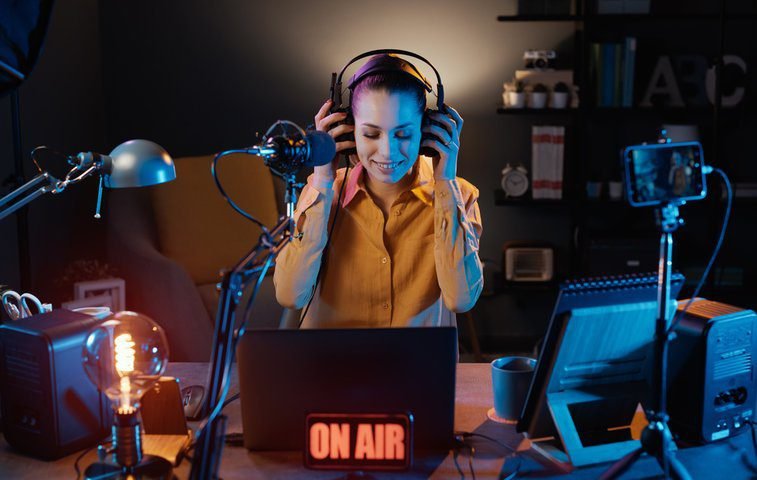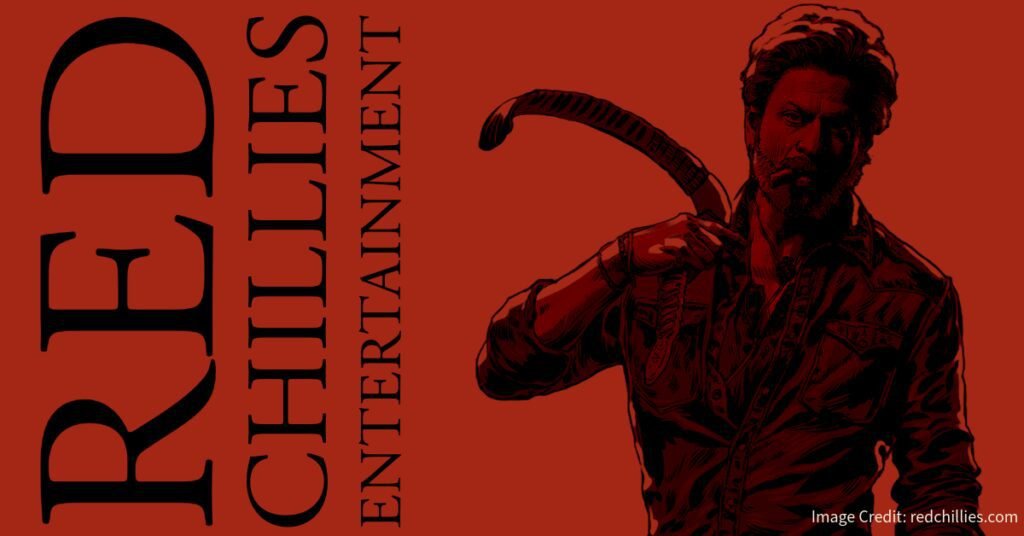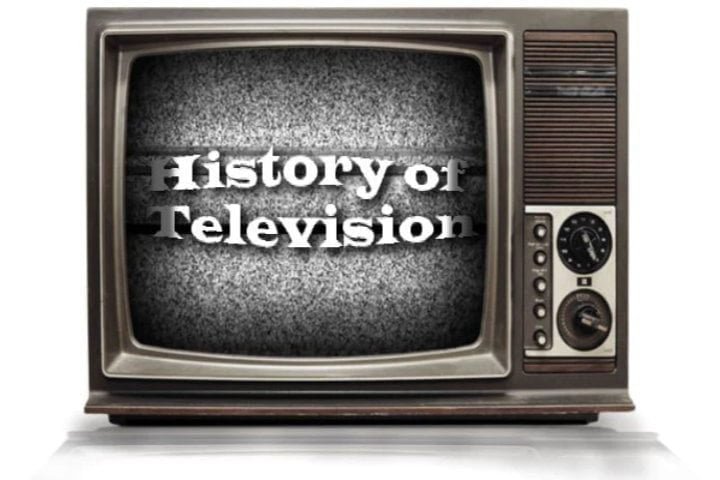Radio transmission has profoundly impacted our lives, providing a seamless way of communicating information and entertainment through the airwaves.
In This Article
What is Radio Transmission?
“Radio” is a gadget or, electronic device that we listen to.
Technically, Radio is a method of transmitting electrical energy from one place to another without any direct, wired connection.
There are two main devices used in radio transmission: one is a transmitter, and the other is a receiver.
The transmitter sends out a radio wave through the air—maybe from one side of the world to the other—and completes its journey when it reaches the receiver.
When we extend the antenna (aerial) on a radio receiver, it catches some of the electromagnetic energy passing by. When we tune the radio to a station, an electronic circuit inside the radio selects only the program we want from all those broadcasting.
A radio set is equipped with electronic components that catch radio waves sailing through the air and convert them back into sounds we hear.
Radio Waves
Radio waves carry energy as an invisible, up-and-down movement of electricity and magnetism, much like ocean waves.
The huge transmitter antennas of the radio station transmit program signals which are carried by radio waves, traveling at the speed of light, to the smaller antenna on our radio set.
The size of a wave is called its amplitude.
Frequency is the number of wave cycles that are completed in one second.
When a radio program is added to the carrier in such a way that the program signal causes fluctuations in the carrier’s frequency, it is called frequency modulation (FM).
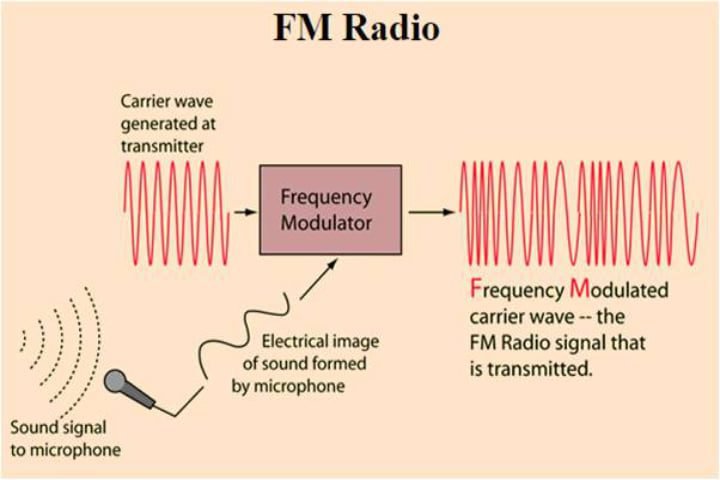

- When peaks of the carrier wave are making bigger or smaller, the process is known as amplitude modulation (AM)
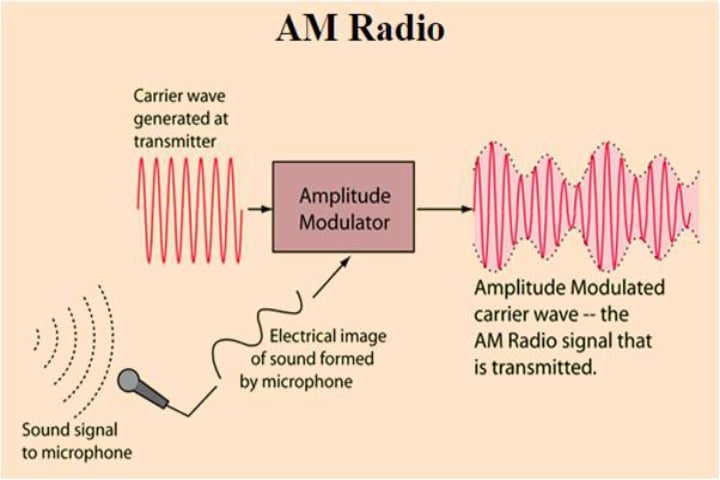

AM and FM Modulation
- Two characteristics, 1. amplitude and 2. frequency, mark the difference between AM and FM radio. AM stands for amplitude modulation, which means the amplitude of the radio signal is used to encode information. FM denotes frequency modulation, which uses a change in frequency to encode information.
- Modulation is the variation of some property of the radio carrier in a manner that conveys information. Both AM and FM radios use modulation to encode information.
- The AM radio is in the 535-1605 kHz frequency range, assigned at 10 kHz intervals, while the FM radio band is from 88 to 108 MHz.
- AM and FM radio differ in performance, specifically in sound quality and the broadcast range. FM stations tend to sound better than AM stations as they use a high-frequency range, but AM stations can usually be heard farther away.
AM radio
The radio stations found on the dial between 540 kHz and 1600 kHz are known by three names:
AM (Amplitude Modulation)
AM refers to the method used to impose the program on carrier waves. 10 KHz channels are assigned for AM radio.
Medium wave
Referring to the portion of the spectrum where it is found.
Short wave
About 3000 KHz have been set aside in nine bands of the short wave portion of the spectrum (3 MHz to 30 MHz) for long distant broadcasting
FM (Frequency Modulation)
200 KHz channels are assigned for FM radio. The frequency of FM carrier wave varies, and it has the capacity to carry approx. 20000 cycles per second of the sound are audible to human ears.
While conventional radio broadcasts on medium wave and shortwave bands have the advantage of larger service areas for a given radio station, on the other hand, it also leads to severe congestion of radio stations of these bands.
Radio stations have been forced to use higher frequency bands for radio transmission to reduce this congestion. FM radio is one of the examples of higher frequency bands. However, it has certain limitations in terms of coverage area. It can cover about a 30 km radius. Therefore, FM stations are ideal as local radio stations, as they can offer programs of local community interest, high-fidelity music, local news, etc., to the public.
All India Radio (AIR), the public service broadcaster in India, has installed 610 radio transmitters, which include 188 AM (140 MW and 48 SW) and 422 FM transmitters, providing radio broadcasting services to 99.18 percent of the population of India with a coverage of 92 percent of the total geographical area. It also provides overseas broadcast services for listeners across the world.
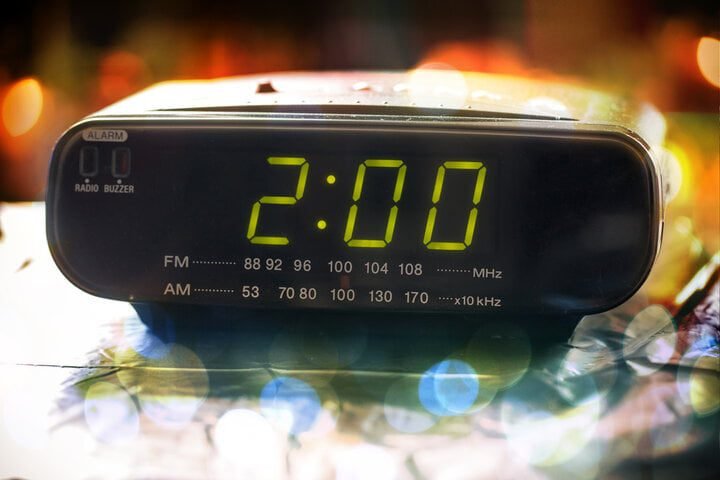

Radio text or Radio Data Systems (RDS)
Radio text or Radio Data Systems (RDS) is a technology that works with FM Radio (Frequency Modulation). In this technology, FM carrier waves consist of transmitting data, including textual material.
The listener having radio text ‘decoder’ can extract this signal from ongoing FM transmission and view it on a computer screen. One can easily choose between a normal FM transmission or radio text. In addition, the audio signal of speech quality can also be a part of a radio text signal.
It benefits those who like to get ‘audio lessons’ along with the simultaneous transmission of print material.
All India Radio & Yashwantrao Chavan Maharashtra State Open University (Nasik) have initiated a joint venture in RDS is a technology.
Digital Audio Broadcasting (DAB)
DAB technology arose out of a European project called Eureka – 147. Broadcasting of this technology was launched in 1995 by BBC in London.
It transmits sound as computer code rather than analog waves. Like computer disc (CD) technology, it provides interference-free sound.
Though primarily an audio medium, it can also carry multimedia services such as text data files, graphics, pictures, and moving video. Thus, DAB users can listen to music with information and pictures on their computer screens.
There are a few other applications of this technology, like it can be used for tour and travel information to computer terminals, to transmit travel information, or to equip a car with a multimedia DAB receiver.
Digital Radio Mondiale (DRM)


Digital Radio Mondiale (DRM) is a robust and advanced standard specifically developed to facilitate the transition from analog to digital terrestrial radio broadcasting. It offers superior audio quality and is tailored to meet the requirements of modern digital radio broadcasting.
The device functions in two operational modes, encompassing all radio frequency bands: amplitude modulation (AM) and frequency modulation/very high frequency (FM/VHF) bands.
The DRM radio is an advanced modern product that does not require an internet connection or a Wi-Fi spot for tuning in. It is portable and can be used with long-lasting batteries (up to 12 hours or more), too.
DRM uses half the current stereo FM spectrum (100 kHz and not 200 kHz), offering reduced transmission power, increased coverage, and additional programs and services.
DRM can bring to the listeners the content of the internet on larger radio screens.
AIR has adopted the international DRM standard for digital terrestrial radio transmissions in the MW and SW bands. DRM allows for multiple FM-like radio services plus associated data, such as multi-lingual news articles, while maintaining the large-area service coverage of the AM bands.
One of the welcome features of the current roll-out of DRM in India has been the support of the automobile industry by equipping new car models with default DRM radio sets.
Digital broadcasting is a green technology which has many advantages over analog:
- FM like clear reception
- More than one program on the same frequency
- Programme-related text information
- Value-added text containing news
- Traffic information, etc.
The range of digital broadcast is extensive compared to FM, which is limited to the city only.
An early warning signal feature is also available to alarm for disasters like earthquakes, floods, storms, etc.
The digital receiver automatically selects another channel when it goes out of range.

